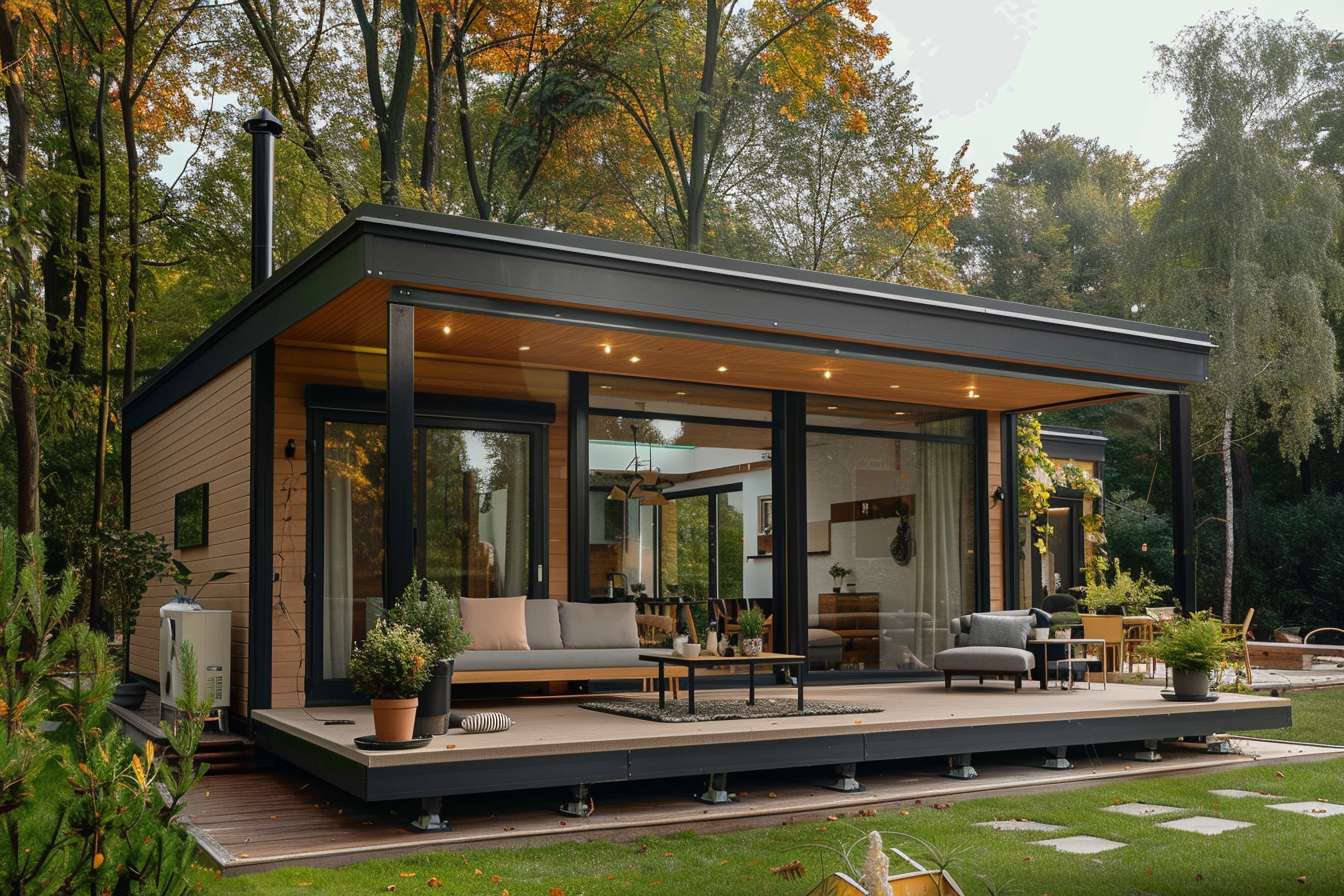Design Inspirations from Small and Amazing Eco Houses
Eco-friendly homes are becoming increasingly popular as people seek to reduce their environmental impact and live more sustainably. Small eco houses, in particular, offer innovative design solutions that maximize space efficiency while minimizing energy consumption. This article explores inspiring design ideas from compact and remarkable eco-friendly homes, showcasing how sustainable living can be both beautiful and practical.

What defines a small eco house?
A small eco house is typically a compact dwelling designed with sustainability in mind. These homes are characterized by their reduced environmental footprint, energy-efficient features, and use of eco-friendly materials. Small eco houses often range from 100 to 1,000 square feet, though the exact size can vary. The key focus is on maximizing space utilization while minimizing resource consumption and environmental impact.
How do eco houses incorporate energy-efficient designs?
Energy efficiency is a cornerstone of eco house design. These homes often feature passive solar design principles, which leverage the sun’s energy for heating and cooling. Large, south-facing windows allow natural light and warmth to enter during winter, while overhangs or adjustable shades prevent overheating in summer. High-quality insulation, including double or triple-paned windows and well-insulated walls and roofs, helps maintain comfortable temperatures year-round with minimal energy input.
What eco-friendly materials are commonly used in small eco houses?
Small eco houses often utilize sustainable and recycled materials to reduce their environmental impact. Reclaimed wood from old buildings or fallen trees is a popular choice for flooring, walls, and furniture. Bamboo, a fast-growing and renewable resource, is frequently used for flooring and cabinetry. Other eco-friendly materials include recycled steel for framing, recycled glass for countertops, and low-VOC (volatile organic compound) paints and finishes to improve indoor air quality.
How do small eco houses maximize space and functionality?
Designers of small eco houses employ clever strategies to make the most of limited square footage. Multi-functional furniture, such as murphy beds or dining tables that convert to workspaces, allows rooms to serve multiple purposes. Built-in storage solutions, including under-stair cabinets and loft spaces, help minimize clutter. Open floor plans create a sense of spaciousness, while large windows and skylights bring in natural light, making interiors feel larger and more connected to the outdoors.
What unique eco-conscious trends are emerging in small house design?
Several innovative trends are shaping the future of small eco houses. Living walls and green roofs are gaining popularity, providing natural insulation while supporting biodiversity. Some designs incorporate rainwater harvesting systems and greywater recycling to reduce water consumption. Off-grid capabilities, including solar panels and battery storage, are becoming more common, allowing homes to operate independently from traditional power grids. Additionally, modular and prefabricated construction methods are reducing waste and improving energy efficiency during the building process.
How do small eco houses compare in terms of cost and features?
Small eco houses can vary significantly in cost and features depending on their size, location, and specific design elements. Here’s a comparison of three popular small eco house types:
| House Type | Approximate Size | Key Features | Cost Estimation |
|---|---|---|---|
| Tiny House on Wheels | 100-400 sq ft | Mobile, off-grid capabilities, compact design | $30,000 - $60,000 |
| Prefab Eco Cottage | 400-800 sq ft | Quick assembly, energy-efficient design, modular options | $100,000 - $250,000 |
| Custom Eco Bungalow | 600-1000 sq ft | Tailored design, high-end sustainable features, fixed foundation | $200,000 - $400,000 |
Prices, rates, or cost estimates mentioned in this article are based on the latest available information but may change over time. Independent research is advised before making financial decisions.
In conclusion, small eco houses offer a wealth of design inspiration for those seeking to live more sustainably. From innovative space-saving solutions to cutting-edge eco-friendly technologies, these homes demonstrate that environmentally conscious living can be both stylish and practical. As eco-conscious trends continue to evolve, small eco houses will likely play an increasingly important role in shaping the future of sustainable architecture and design.




